Sanmenxia Swan Lake Tourist Resort-With good resources and environmental conditions, it can meet the leisure needs of tourists for rest, Wellness, sports, puzzle, entertainment and so on.
Core resource one: Yellow River Swan
The resort is located on the migratory route of migratory birds in the world. It is the country's most swan-themed scenic spot with the largest number of densities, the highest viewing value, and the only swan theme in the city. Every year, there are tens of thousands of white swans in Siberia has migrated here for a long distance and lived with the original white swans in the Swan Lake for winter, flying, wandering, splashing, and foraging on the sparkling lake in the scenic spot. The white and beautiful white swan, the rippling yellow river water, and the deep and heavy loess plateau merge into one, forming a beautiful picture of harmony between man and nature. Sanmenxia is thus known as the "City of Swan" and was awarded the first "Hometown of Chinese Swan" by China Wildlife Conservation Association.

In recent years, the beautiful Swan Lake has attracted more and more white swans to live here and winter. With our efforts, the environment of the wetland has been further improved. The number of swans has increased year by year, about 200 in 2010, and 2011 About 600, about 800 in 2012, and about 1300 in 2013; the number of swans was more than 2,900 in January 2014, and more than 6000 in 2015, and the number of swans stabilized at around 5,000 in 2016, 2017, and 2018. These figures are sufficient This shows that the ecological environment of the Swan Lake Wetland Park has been significantly improved, and the protection efforts have been gradually increased. The Wetland Park has created a beautiful, comfortable,and safe habitat for the wintering of the big swan, and was awarded the top ten charming ecological scenic spots in China in 2018.
Core resource two: Yellow River
Sanmenxia is the best place for viewing the Yellow River in China. Here, you can watch both the Qingshui Yellow River and the Zhuoshui Yellow River. During the spring and winter seasons of storage each year, the width of the river surface is more than a thousand meters. At this time, the Yellow River is rippling and quiet, and the river stretches quietly from west to east. From a distance, the water is the same, and the atmosphere is magnificent. During the discharge of the Sanmenxia Dam in summer and autumn, the river returned to the narrow river bed, wrapped in the yellow sand, roaring and swelling, and the scene was magnificent and moving.

Scenery of Sanmenxia section of the Yellow River
Throughout the ages, people have regarded the Yellow River Shuiqing as an auspicious sign, and there are also sayings in the fairy tale that the Yellow River has been cleared for thousands of years. Seeing the Yellow River, we have to mention the Sanmenxia Water Control Project of the "First Dam of the Wanli Yellow River". It is precisely because of this dam that Sanmenxia has become the entire Yellow River Basin, which can see both clear water and muddy water. One by one in the Yellow River. From mid-October every year to June-July the following year, when the Sanmenxia Reservoir is impounded, from the Sanmenxia Dam to Ruicheng Dayudu in Shanxi Province, the turbid Yellow River formed a river with a width of more than 1,000 meters. , A beautiful lake with a length of 120 kilometers, sparkling blue and endless, like the Tianchi Milky Way, spring and autumn and winter, three seasons of wild ducks, wild geese flying in pairs, precious white swans flying in the blue sky and blue water, the famous poet Guo Xiaochuan in the poem "Sanmenxia" Praise like this: "The wind is so clear, the water is so blue, and clearly settled in the Central Plains, why is it like traveling around the Xizi Lake", depicting the tranquility of the Qingshui Yellow River.

Yellow River Park
From July to September, the dam discharges water and releases water. The river returns to the river bed, wrapped in yellow mud and roaring roaring, and the turbulent waves beat the shore. The scene is magnificent and moving. As Liu Yuxi described in the "Lang Tao Sha": "Jiuqu Yellow River Wanlisha, Lang Tao wind and wind from the horizon" scene. In the promenade, the yellow river can be seen tortuous in the north, and the high-rise buildings in the Sanmenxia urban area can be seen in the south. Every summer, the beaches, sunsets, and mountains on both sides of the Yellow River resemble a magnificent picture with heavy makeup and heavy colors, recreating one of the eight scenic spots in ancient Shaanzhou-"Jinsha Luozhao".
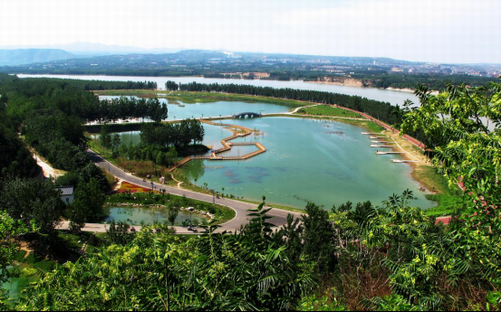
Core resource three: hot spring
The Gaoyangshan Hot Spring originates from the Jurassic rock formation and is located at the arc-shaped turning point of the Fenwei thermal ore zone and the base of the Shanxi rift. It has a complex structure and is a rushing area with superior thermal insulation conditions. The distribution area of Gaoyangshan Hot Spring is 4.1 square kilometers, and the daily extractable water volume is 6000 tons. Its large flow rate, good water quality, and dynamic stability are rare in the history of domestic and foreign mineral hot spring water development. It is not only comparable to the world-famous French Vichy hot springs, but at the same time, it has its own characteristics based on the domestic hot spring forest.
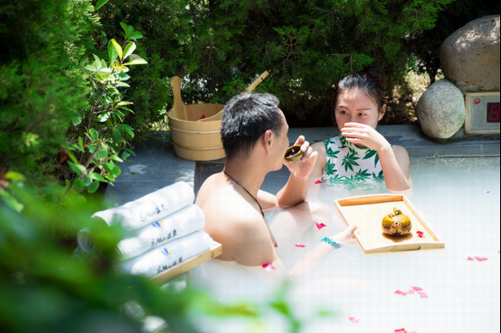
Gaoyangshan Hot Spring has excellent water quality, clear and transparent, sterile, non-polluting, sweet taste, fresh and refreshing, water temperature up to 60 ℃, metasilicic acid content 54.6-55.7 mg/l, strontium content 1.2-1.25 mg/l, except In addition, it also contains 34 trace elements and other ingredients that are beneficial to human health, such as lithium, iodine, selenium, and iron. The content and ratio of calcium and magnesium are better. The total bacteria of PH value of 7.1 and E. coli are all zero, which fully meet the international and domestic drinking water quality standards, and are superior to Laoshan in my country and Vichy mineral water in France.
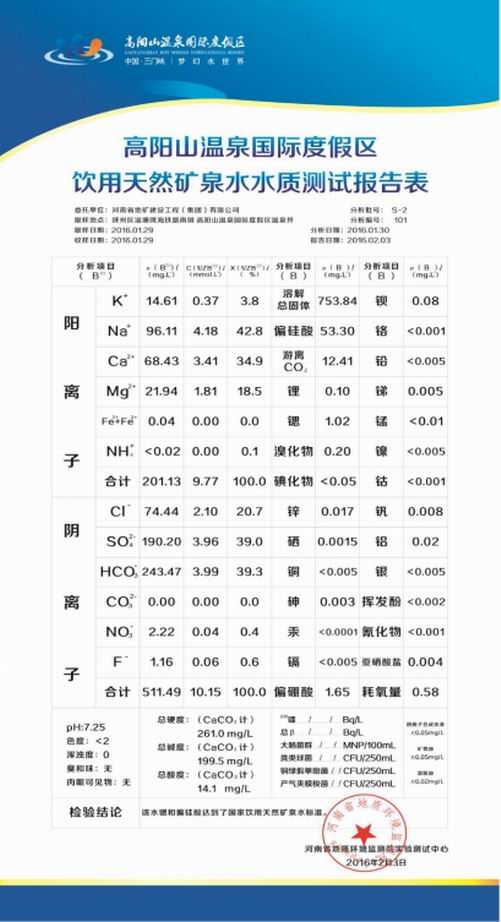
Core resources 4: Pit yard
Dikengyuan is a unique form of residential building in western Henan. It digs a large pit down on the loess layer of the plateau-like landform, and digs kiln caves on the four walls of the pit to form a courtyard. This peculiar form of residential architecture is unique in China and the world. Shaanxian County Dikeyuan was approved as a national cultural relics protection unit in 2013, and was named as the "Hometown of Chinese Dikepit Culture" by the National People's Association of China in 2007. The "Dikepit Building Technology" was included in the second batch of national grades by the State Council in 2011 List of intangible cultural heritage.
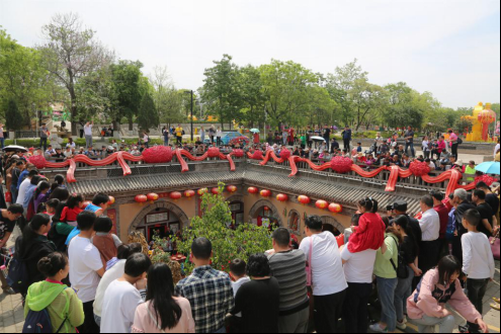
The pit courtyard is named after its shape, "see the tree but not the village, enter the village without the house, enter the house without the door, smell the sound without seeing people", it is a true portrayal of the pit courtyard, reflecting the ancients' "the world is in harmony, coexisting in a circle, The philosophical idea of "unity of heaven and man" More than 4,000 years ago, the Shaanxi ancestors followed the natural law, followed the gossip, integrated the world’s people and the fate of water and soil, dug pits on the loess plateau, dug holes on four walls, and lived in caves. They were reproduced from generation to generation. In addition, "the ancient village under the horizon" created the "human living cave living fossil". Dikengyuan was rated as one of the five mysterious ancient villages in China, and the village where the scenic spot is located was rated as the most beautiful leisure village in China.
Core resource five: Guoguo Cemetery
The Guo State Cemetery is a burial place for monarchs and nobles of the Guo State who have been found in China with complete levels, orderly arrangement, and well-preserved from the late Western Zhou Dynasty to the early Spring and Autumn Period. The Guoguo cemetery was discovered in 1956. After two large-scale excavations, more than 250 tombs were unearthed, and a large number of jade and bronze wares were unearthed. There are many precious first-class cultural relics unearthed in two of the monarch tombs, such as the jade-ling copper-core sword known as "China's First Sword" and the exquisite and gorgeous "jade mask". The excavation of the Guoguo cemetery provided a wealth of physical information for the archaeological studies of the Zhou Dynasty and established an important rule of dysplasia. Demarcated in the early, middle and late three years, the Guo cemetery is divided into four tomb groups. According to the Zhaomu system, the north is the tomb of the monarch, and there is a roughly triangular tomb in the south and east and west. Thus formed a more complete family cemetery. The discovery of the Guoguo cemetery filled the gap in the archaeological history of the Western Zhou Dynasty in China, and provided important physical information for the study of the cultural economy at the time. The excavation of the tombs of Zhu Ji and the tombs of Chu Zhong have been rated as one of the top ten new archaeological discoveries in the country in 1990 and 1991. In November 1996, Guoguo Cemetery was announced as the fourth batch of national key cultural relics protection units.
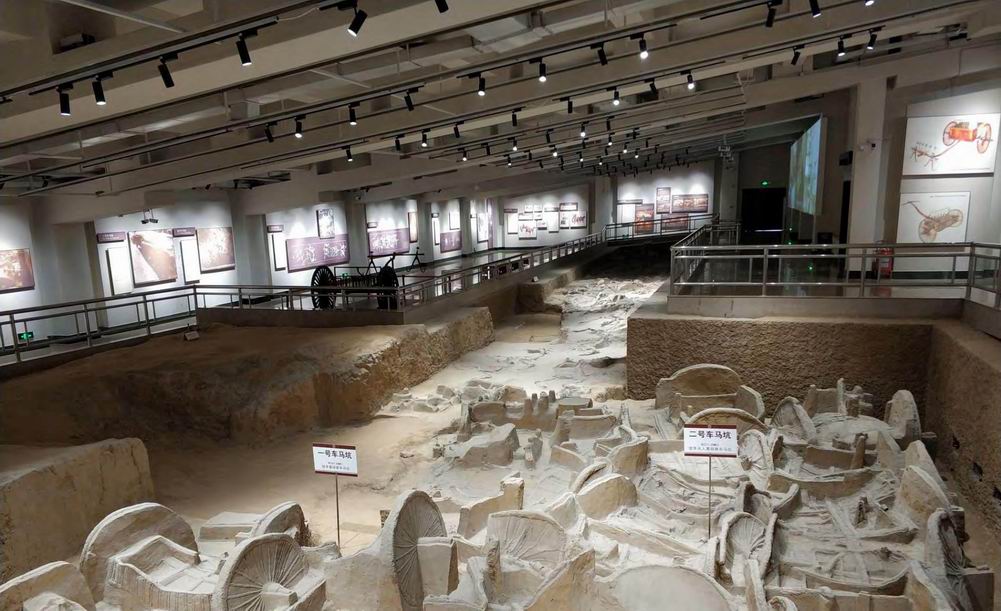
Core Resources 6: Ancient City of Shanzhou
The Old City of Shaanzhou is located in Shaanzhou Park. It was built in the period of King Jing in the Western Han Dynasty. It has a history of more than 2,000 years ago. The famous allegations of Xia and Shang in the history, Zhou Zhao's division of Shaanxi, Fake Yu, and the battle of Qin and Jin all witness this. In the future, the military service was frequent, the city was destroyed many times, and it was rebuilt many times. Because it is located in the throat zone that goes in and out of the Central Plains, it has been valued by rulers of all generations and is a battleground for military strategists. Ancient Zhou Wenwang's younger brother Zhao Gong once sealed this town and taught the people under the Gantang tree. The people felt their virtue and built a temple to commemorate it. Therefore, Shaanzhou is also called Gantang Old Government. Tang Taizong Li Shimin traveled to Shaanzhou in the spring of 637 AD. The Dengcheng Tower overlooked the wilderness, and the Huizhou boat was decorated. Tang Xitai’s former servants Shangguan Yi and Zhao Rong Shangguan Waner’s former residences are in Shangguan Lane, northeast corner of the city, and the cottage of Wei Ye, a poet of the Northern Song Dynasty, is in Sanli Bridge, east of the city. The west of the city is the Sun Ferry, and the north of the city is Wanjin Beach. There are ancient buildings such as Yangjiao Mountain, Bell and Drum Tower, Baolun Temple, Confucian Temple, Guan Temple, Yu Temple, Zhao Gong Temple, Toad Spring, Shipaifang and so on. After the Sanmenxia Dam stopped flooding in 1960, as the city of Shaanzhou was located in an inundated area designed by the deep reservoir of the original high dam, all the residents moved, making this a vacant land. The Shaanzhou Park built on the site is still faintly recognizable as the outline of the old city of Shaanzhou. At the same time, Baolun Temple Pagoda, Shipaifang and other monuments have been protected and restored.
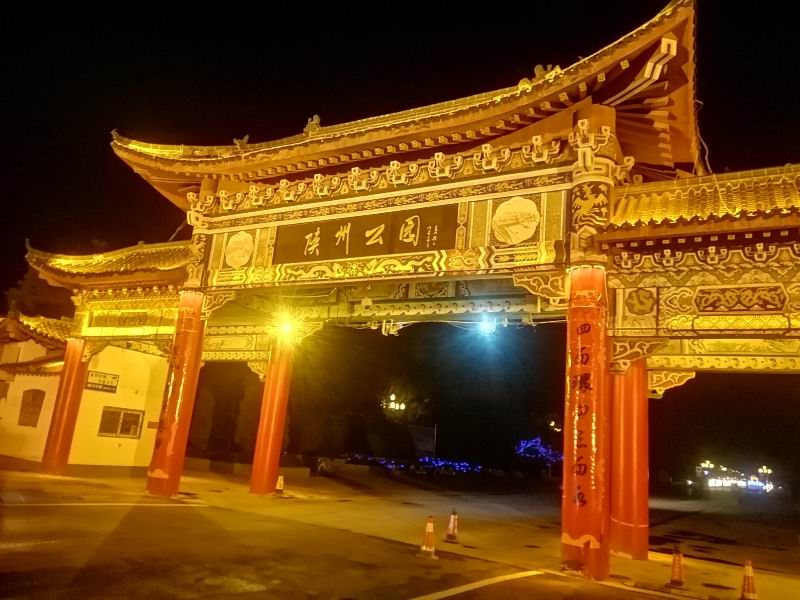
Baolun Temple Tower
Baolun Temple Pagoda was originally built by Taoist monk Tao Xiu in the 17th year of Jin Dading (AD 1177). The monk Zhixiu was rebuilt for more than 800 years. The temple has been destroyed, but the pagoda is alone. The tower's facade is south, and the plane is a square. It is a 13-level stacked and dense eaves brick tower. The tower is 26.5 meters high and the tower surrounds 21.6 meters. It is made of green and gray bricks one by one. At the bottom of the tower is a platform and a base. The front of the tower is engraved with the inscription of the "Three Saints Pagoda". The body of the tower converges layer by layer from bottom to top. The height of each layer decreases evenly. The outer contour is parabolic. , Beautiful and pretty. Each tower has a semi-circular arch door niche and window hole, and there is a wind duo (iron bell) under the wing corner. The wind blows the bell and jingles. Inside the tower there is a tower heart chamber and a stairway, so you can climb up and see the magnificent view of "the Yellow River is far above the white clouds". On June 25, 2001, Baolun Temple Tower was listed as the fifth batch of national key cultural relics protection units as an ancient building in the Jin Dynasty.
 China Swan City-Sanmenxia
China Swan City-SanmenxiaBuild a patio kiln with international influence, build a domestic Swan Lake brand-Sanmenxia, and build a well-known hot spring tourist destination in Henan, Shaanxi and Shanxi
Build a Tianjing Kiln House with International Influence, Build a Domestic Swan Lake Brand-Sanmenxia, Build a Famous Hot